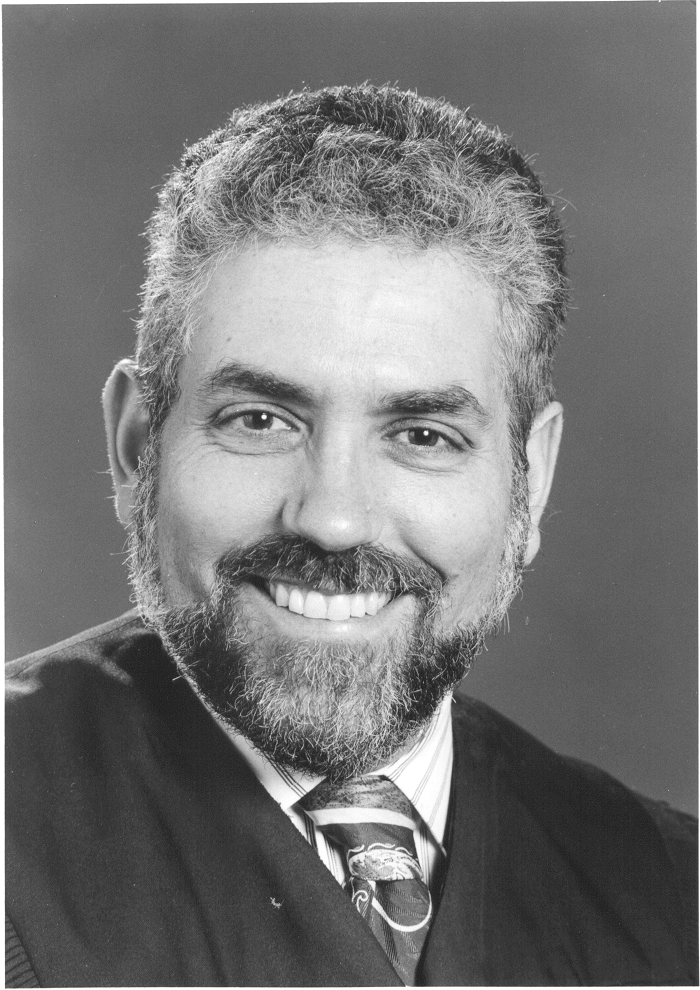June 3, 2013
 “The Justice for All Reauthorization Act of 2013” (further described in the Facebook article on the right), would, if enacted, require localities to include representatives of a number of different professions, besides traditional police and custodial agencies, in distributing the largest federal grant earmarked for public safety, known as Byrne JAG grants. As part of the Omnibus Crime Control and Safe Streets Act, Byrne Jag grants provide funds to state and local governments for criminal justice purposes.
“The Justice for All Reauthorization Act of 2013” (further described in the Facebook article on the right), would, if enacted, require localities to include representatives of a number of different professions, besides traditional police and custodial agencies, in distributing the largest federal grant earmarked for public safety, known as Byrne JAG grants. As part of the Omnibus Crime Control and Safe Streets Act, Byrne Jag grants provide funds to state and local governments for criminal justice purposes.
Byrne Grants have been around for a long time. As an example of how important these funding streams can be to nascent (and even an established specialty court program), I will describe my personal experiences with the state-wide California Criminal Justice Task Force, tasked with distributing Byrne grants statewide (on the left, a much younger me; circa 1991)
In 1991, I was casting about for funds to support the nascent Oakland drug court. I learned that the federal government distributed hundreds of millions of dollars to California through Byrne grants, and that rehabilitation and treatment of criminal offenders came under one of the discretionary purposes of the Act. I also learned that both local and state wide law enforcement were committed to keeping the funding for themselves. I began to attend yearly hearings held by the statewide Criminal Justice Task Force to request that drug courts be funded. At that time, the Task Force was made up almost entirely of law enforcement professionals The first time I stood to speak at a hearing held in Oakland, I got a puzzled look from the members of the Task Force. But I went back the next year and the next, and encouraged others to speak for drug courts at similar hearings held around the state.
Finally, the Director of the Governor’s Office of Criminal Justice Planning (OCJP), who also chaired the Criminal Justice Task Force nominated me to be a Task Force member (perhaps as a means of keeping me away from the podium). At that time, few, except those in law enforcement seemed to know when or where the meetings were to be held (although I am sure the official notices of the meeting could be found in some obscure publication). I sent my own notices to those who supported drug court: judges, legislators, county officials, criminal justice and treatment professionals, and many who were interested in starting a drug court in their jurisdiction.
As you can imagine, there was a flood of speakers over the next several years appearing and speaking out for drug courts. As a matter of fact, I would venture to say that at least half of the speakers attending meetings while I was on the Task Force, were there to support drug courts. What followed was a $500,000 grant to statewide drug courts in 1995 and two one million dollars grants to follow. When I returned to California from D.C. in 2002, the number of California drug courts had increased from four to over 150. While there were obviously other reasons for the explosion of drug courts in California, the start up Byrne funding was clearly an important funding source to the nascent field, and also a symbol to all that drug courts were here to stay.

